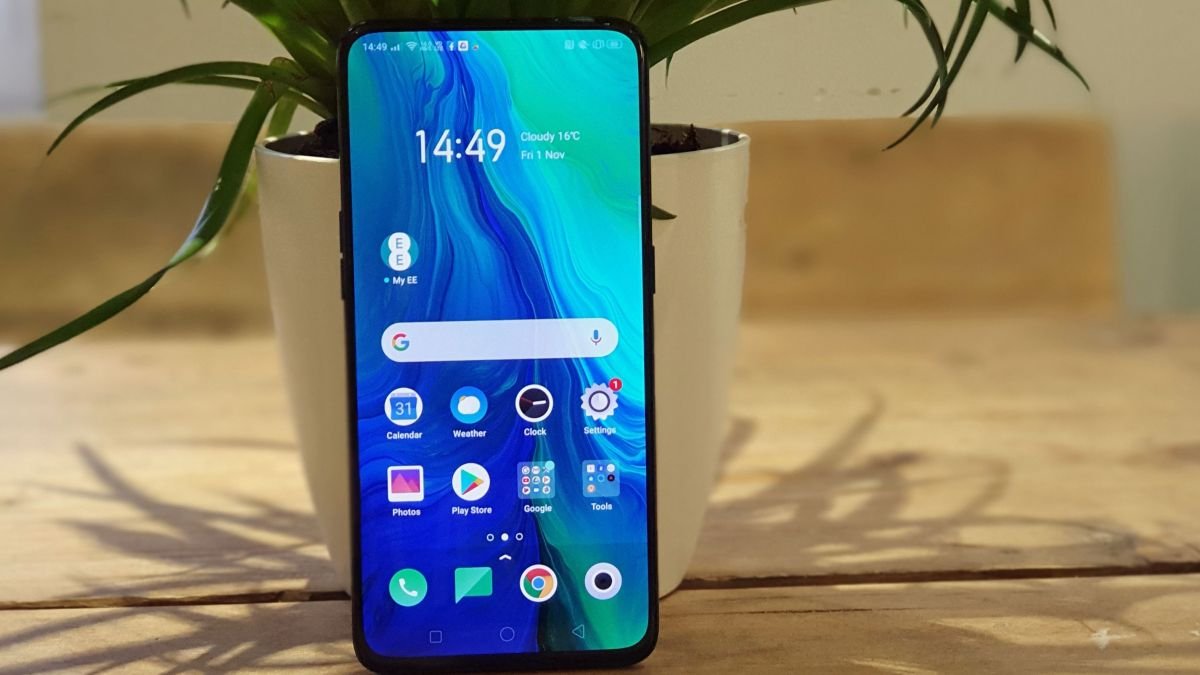
It's been three years since the first 5G phone was launched in Europe, and the phones that followed have met with mixed reception; 5G was expected to be a revolution for mobile technology, but several years of Covid and lockdown have put a wrench in the way.
On May 1, 2019, the Oppo Reno 5G landed in Switzerland. The country has become one of the early battlegrounds for 5G phone companies, having been one of the first to get 5G networks earlier that year.
Oppo beat out Huawei and Xiaomi, which literally launched their first 5G phones the next day, though the Samsung Galaxy S10 5G and a mod for the Moto Z4 won the race to be first on other continents.
The victory was a surprise because at that time Oppo was not as big in Europe as it is today. With last year featuring the Oppo Find X5 Pro, the OnePlus merger, and major sponsorships like Wimbledon, it's easy to forget that 2019 was pretty new.
In the big European launch, subsequent 5G phone launches, and 5G network rollouts throughout 2019, one thing became clear: 5G is the future. But after using state-of-the-art connectivity technology in various phones for three years, I'm not convinced that's the case.
Why 5G?

5G has two main selling points: it offers faster speeds than 4G, and it also promises a more reliable connection – all in theory, of course, as these factors will largely depend on your network and location.
However, the benefits of a more stable connection are that you can download apps, movies, or music on the go, as well as play online mobile games on the go.
Of course, depending on the area you're in, all of this is possible with 4G, but there's more. In various launches of 5G networks, it was pointed out that 4G initially seemed useless, but after several years of existence, developers were learning how to best use this technology. The result was apps like Instagram and Uber that hadn't worked well on 3G.
So in 2019, the future looked bright for 5G and I was looking forward to all the changes that could happen in smartphones in the future. But that's the future now, and I'm still waiting.
5G is not tested
I have been using 5G phones since the technology was launched in 2019, testing different features on different networks in different countries on different mobiles. However, when someone recently asked me if I needed to buy a 5G phone, I had to be honest and say "no."
Sure, the novelty of being able to download an episode of a TV show on my way to the subway was nice, but I never watch TV on the subway, so it was a redundant feature. And sure, video calling on the go was quick and easy, but I don't want to inflict my calls on other people; I prefer to save it for my return home.
Also, these features worked very well on 4G. In fact, in some places where I've tested phones, 4G was faster than 5G. So far there are no great apps for 5G, and I'm still waiting for something you can't do with 4G.
Of course, the pandemic has had a devastating effect on 5G. It was meant to make connecting to the web much more convenient; but a few years at home made that much less important.
In addition, user habits have changed; The shift to working from home and spending more time indoors has seen a resurgence in tablet use and a rise in fitness technology, making 5G a secondary concern for many people.
It's also worth noting that 5G modems in phones cause severe battery drain and are also expensive, driving up the price of 5G devices.
Hopefully, in the future, apps and software will make 5G a vital technology. Yes, I said it in 2019, but three years was not enough. Technology isn't moving as fast as its biggest fan, and companies want you to believe, and in 2022, buying a 5G phone still isn't a necessity.